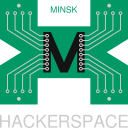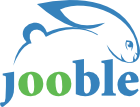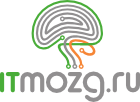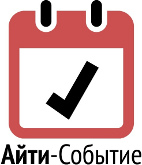On Digital Monies
Daniel Nagy, Budapest, Hungary, ePoint Systems Ltd.
LVEE 2011
Payment over digital communications networks has been a hot topic since the introduction of the telegraph, the first such electronic network; originally, Western Union was a telegraph company. Money, however, is more than a means of payment: it is also an instrument of saving and credit, a measure of value and a unit of accounting. In my presentation, I shall explore various attempts at creating digital money, both proprietary and open-source, theoretical and practical.
The main difference between digitally represented information and everything else that has been historically used as money is that unlike the latter, digital information can be copied at no cost, with perfect fidelity in essentially unlimited quantities. Very undesirable properties for something that we intend to use as money. This is the main technical challenge in using digital information as money (known as `double spending’). How can we make sure that no more gets spent than what has been earned?
There is, however, a different, no less interesting challenge that is not purely technical: how to get actual people provide real value in exchange for pieces of digital information. Why would people use pieces of digital information as a means of exchange or to keep their savings or to measure value?
The third challenge is a legal one. Since the first ever gold coins have been minted at the behest of Croesus, King of Lydia in the sixth century, B.C., money has been subject of government regulation and very often exclusive monopoly. How can digital money exist within the current legal framework?
Different solutions to these challenges have been proposed. We shall explore the solutions to these challenges in the following systems in some technical detail:
DigiCash
David Chaum’s company founded in 1990 on the basis of some clever cryptography – blind digital signatures – he published in 1988. The company declared bankruptcy in 1998, but in many ways it provided inspiration to the many ventures that followed. I brief and simplified introduction to the technology will be given as well as what I think were the reasons for failure.
WebMoney
Artiom Genkin went the other route: his doctoral thesis on the topic followed business success. Founded in 1998, WebMoney made its name by proving to be more resilient in the face of financial meltdown than the Russian banking sector. To this day, WebMoney is one of the most sophisticated and successful digital money, albeit mostly in the Russian-speaking world.
BitCoin
This is an open-source project started in 2009 by the mysterious Satoshi Nakatomo, based on earlier research either done or popularized by Nick Szabo (a former DigiCash employee). This year, BitCoin’s popularity (and valuation) exploded, making it one of the most important and interesting innovations in the field.
ePoint
This is my own open-source project, kicked off in 2005. However, I am not going to talk much about how it works now; rather, I shall outline where I would like to take it and what needs to be done to get there. Maybe, like-minded developers of open-source software among LVEE 2011 participants will join me in creating something valuable and useful.




































